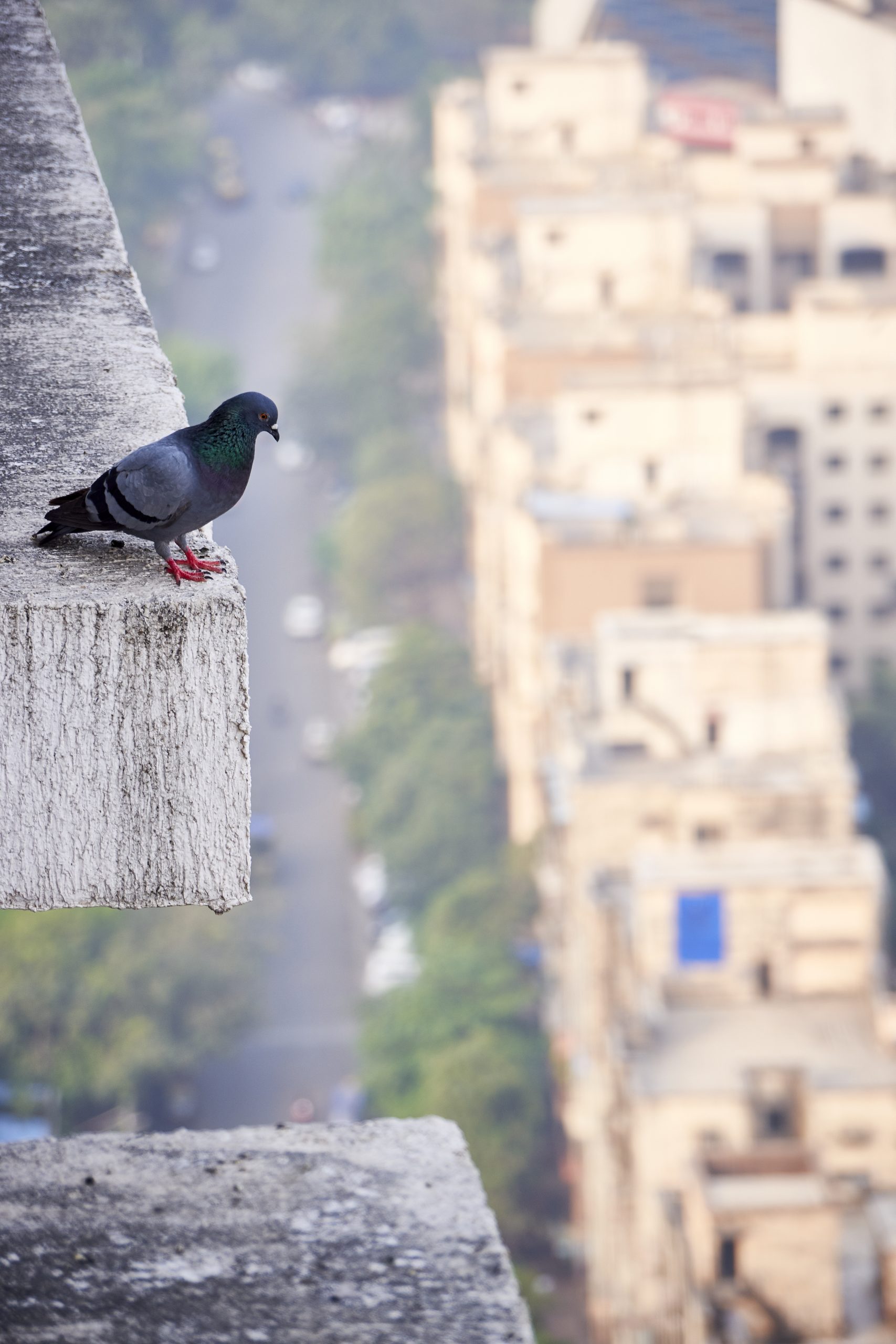Among the most easily recognized backyard birds across North America, plentiful Sparrow species provide entertainment aplenty with short stubby bills that specialize in cracking seeds, rounded bodies adeptly navigating brush, and energetic vocalizations heralding arrivals at feeders.
This inherent hardiness combined with their familiarity and charming ways attracts birders and non-birders alike who enjoy observing them regularly visiting. Some may be tempted to welcome select visitors indoors as pets. So how long might beloved invasive sparrows actually live if cared for in captivity? Read on for typical lifespan ranges when keeping various sparrow species in cages or aviaries.
House Sparrow Lifespans
As one of the most ubiquitous urban backyard birds across North America known for its distinctive black bib and rounded gray crown, house sparrows make common candidates for attempted captivity given their year-round residence pattern and approachability. Projected lifespans in captivity typically range from 2 to 10 years.
When kept singularly in cages as more isolated pets, average house sparrow longevity only spans about 2-4 years, unfortunately, far less than their ~15-year average when living wild communally. However, the lifespan extends closer to 10 years for captive house sparrows maintained in roomy planted aviaries allowing flocking which they inherently crave. Access to frequent baths, balanced seed-based diets, and clean sheltered nest boxes help minimize stress.
Native Sparrow Species Longevity
While European-introduced house sparrows frequent backyards so commonly across the Americas that some view them more as pesky invasive pests, several richly hued native cousins delight any bird lovers including sharp song sparrows, vibrant white-throated sparrows, and stately fox sparrows when visiting more wooded yards seasonally to replenish fat reserves through fall and spring migration passages.
Lifespans for some common native species in captivity range from approximately 5 to 7 Years. Similar to house sparrows, solitary caging, unfortunately, shortens smaller sparrow species’ lives dramatically compared to wild flock mates. However, aviary care allows stretching average lifespan potentials closer to 5-7 years for species like song, chipping, tree, and field sparrows through careful attention to balanced nutrition needs and habitat enrichment approximating living requirements in nature more closely.
Optimizing Captive Sparrow Lifespans
Given the highly social nature of sparrows accustomed to living in large flocks among brush and thickets, optimizing captive lifespans relies heavily upon providing more naturalistic planted aviaries allowing group housing with special attention to:
- Appropriately sized flight space
- Varied roosting/nesting sites
- Balanced seeds/live insect diet
- Regular bath changeouts
- Rotating novel toys/foraging puzzles
- Avoiding imprinting on caretakers
With plentiful space and enrichment, attentive owners can succeed in keeping captives healthy and content long-term. However prospective caretakers should carefully weigh the ability to accommodate intensive needs required relative to average longevity potentials before attempting to host beloved backyard sparrows permanently as lifetime pets.
Typical Lifespans of Common Captive Sparrow Species
| Species | Typical Wild Lifespan | In Cages | In Planted Aviaries |
|---|---|---|---|
| House Sparrow | 12-15 years | 2-4 years | 8-10 years |
| Song Sparrow | 8-10 years | 3-4 years | 6-7 years |
| Chipping Sparrow | 7-8 years | 2-3 years | 5-6 years |
| White-throated Sparrow | 10-15 years | 3-5 years | 7-8 years |
Table: Comparison of wild versus captive lifespans for various sparrow species
Conclusion
Thanks to their exceptional visibility and familiarity to backyard bird enthusiasts across seasons, hosting beloved sparrows like local song sparrows or invasive house sparrows as lifetime captive pets offers an appealing prospect. However potential caretakers must weigh intensive space and enrichment requirements including appropriately planted aviaries against the realistic context of significantly shortened 5-10-year average lifespans in captivity.
With a dedication to promoting natural behaviors through flocking opportunities, specialized seed diets, and habitat accessories, however, devoted enthusiasts stand to gain a delightful hands-on education around meeting nesting native sparrows’ needs.
Frequently Asked Questions
Why do captive sparrows live longer in aviaries than cages?
Sparrows inherently flock in large complex social groups while foraging seeds, buds, and insects from brushy habitats. Cages fail to meet these basic behavior needs. Planted aviaries allow bonding in groups, hideaways meeting security drives, enriched exploration through rotated toys, and safe nesting spots to minimize stress and lengthen potential lifespans closer to wild sparrows.
What are indicators of illness in captive sparrows?
Signs of potential illness requiring vet evaluation for captive sparrows include lethargy/depression, fluffed or unusual loss of appetite, swollen eyes/noses, sudden weight gain/loss, growths, discharge, seizures, paralysis, and more abnormal appearance/behaviors. Catching issues early maximize treatment outcomes.
Should captive sparrows ever be released outdoors?
Unless undergoing formal rehabilitation training for a debilitating permanent injury, captive hand-raised sparrows lack abilities to thrive independently outdoors. And releasing potentially infected birds risks spreading diseases to vulnerable wild populations. So focus instead on promoting the most stimulating naturalistic healthy lives in captivity long term once committed to hosting orphaned or rescued birds.
What permitting applies to housing captive sparrows?
Federal laws protect native migratory birds like sparrows. While rules vary by state, contact your state wildlife agency to inquire about permits or restrictions needed for housing inadvertent rescue cases long-term or intentionally acquiring captive birds not classified as domesticated pets if desired. Fines around possession can apply if regulations are unheeded. So do your homework first!



